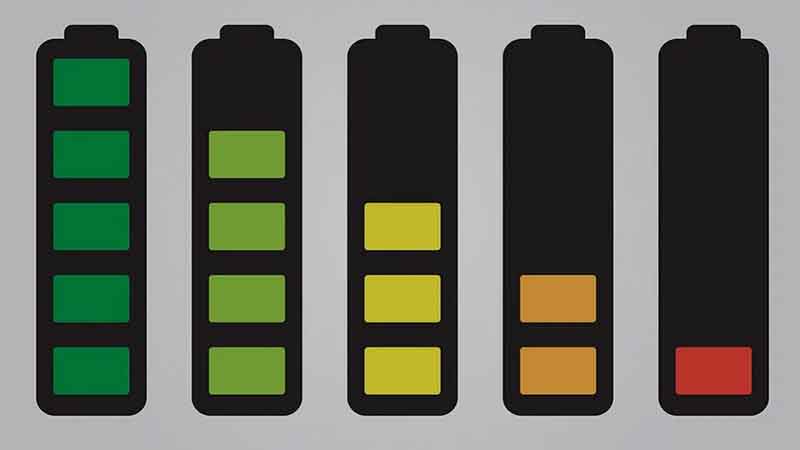We all know what batteries do. They provide energy to mobile electronics and devices, such as smartphones, remote controls and so on. A battery is filled with chemical energy that gets converted into electrical energy.
Most batteries are rechargeable, such as the lithium-ion batteries used in cell phones. Lithium-ion batteries can be recharged between 500 to 10,000 times before they no longer function properly. This represents the number of charging and discharging cycles that a lithium-ion battery goes through.
A supercapacitor is like a hybrid of a battery and a standard capacitor. In other words, it can hold a greater electrical charge than a standard capacitor. Not only that, but a supercapacitor can handle more frequent cycles of charging and discharging stored energy.
Battery VS Supercapacitor
Below are the main differences between a battery and a supercapacitor.
1) Energy Density
Batteries have less energy density than supercapacitors. Of course, certain types of batteries have more energy density than others, but none of them compares to a supercapacitor and its high energy density.
Energy density is measured by the weight of a device. For instance, your typical lithium-ion batteries and lead-acid batteries have an energy density of anywhere between 1,000 Wh per kg (Watt-hour per kilogram) and 2,000 Wh per kg. Sometimes the manufacturing process can have an impact on these energy density ratings too.
The energy density rating of the average supercapacitor is between 2,500 Wh per kg and 45,000 Wh per kg. As you can see, the density is significantly higher.
2) Energy Discharging Rate
Smartphones and other mobile devices do not use supercapacitors for their power because they discharge power faster than batteries do. What this means is that supercapacitors cannot hold power for a long time. They will discharge up to 20% more of their power per day in comparison to batteries of equal capacity.
Batteries are ideal for long-term power storage needs. They might not discharge power as quickly, but their storage ability continues to make them popular.
3) Lifespan
Supercapacitors have a longer lifespan than batteries. It is estimated that a supercapacitor can go through one million charge cycles before it starts to go bad. Compare it to a lead-acid battery that gets no more than 1,000 charge cycles before it dies.
For this reason, a supercapacitor should last you for between 10 to 20 years, while a lithium-ion battery or lead-acid battery will last you for up to 5 years. This is understandable because how often do people ever have to worry about replacing their supercapacitor? It is always their battery that needs to be replaced.
4) Energy Charging Time
Supercapacitors might have fast discharging time, but they also have fast charging time as well. This means that a supercapacitor can get charged much faster. If an electronic device requires a fast charge without requiring a lot of energy over a long period of time, then a supercapacitor would be best suited for it.
Batteries take longer to charge, but at least you don’t have to charge them as frequently as you would a supercapacitor. Since people continue to care more about less frequent charging, batteries continue to dominate the marketplace as a result.
5) Cost
Supercapacitors cost about ten times as much as batteries of the same energy capacity. Most people already complain about the cost of batteries, so you can imagine how much it would cost to purchase supercapacitors instead of batteries. It is just one more reason why batteries continue to rule the market.
Conclusion
Batteries and supercapacitors each serve their own unique purposes. Until supercapacitors are made to increase energy storage for long periods of time, there will always be a demand for batteries. But we still need supercapacitors for electronic devices that require fast energy charging and discharging.



